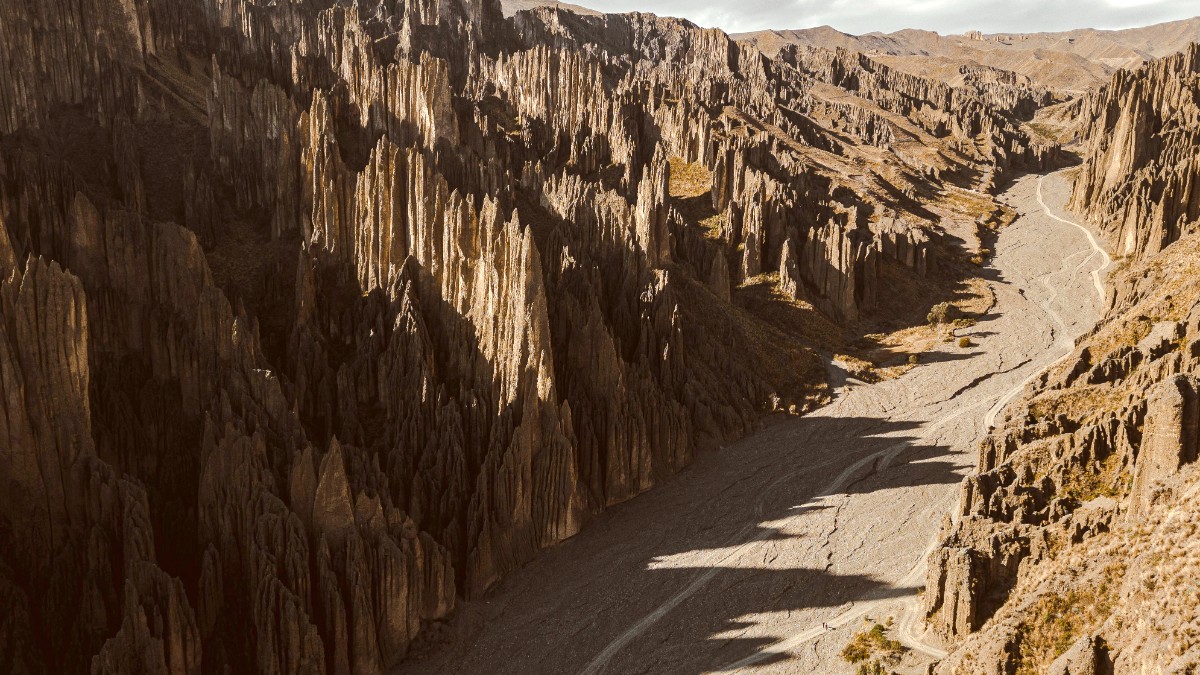
Bolivia
The climate in La Paz has significant diurnal temperature variations. Sunny days often contrast sharply with cold nights.
Each season brings different pros and cons for your travel style and planned activities.
For a balance of good weather and fewer crowds, consider visiting in April or November.
These shoulder months offer a glimpse of both seasons.
(May to October - Dry Season)
Clear skies, ideal for outdoor activities, cultural festivals.
Higher prices, crowded attractions, cold nights.
(April & November)
Fewer crowds, potentially lower prices, mixed weather.
Unpredictable weather, muddy trails possible.
(December to March - Wet Season)
Fewer tourists, lush landscapes, cultural festivals.
Daily afternoon rain, reduced visibility, wet conditions for treks.
Trekking, hiking, and mountain biking (e.g., Death Road) find best conditions in the dry season. City exploration and cultural tours are enjoyable year-round.
Rain in the wet season typically occurs in the afternoon and usually does not hinder city sightseeing. Many indoor attractions, like museums, are open regardless of weather.
Dry season (May to October) for safest and best conditions.
Enjoy city exploration and cultural tours throughout the year.
Dry season for clearer skies, ideal for capturing the stunning Andean landscape.
Many festivals (Alasitas, Gran Poder) occur in both wet and dry seasons; check dates.
April or November for good weather and fewer crowds.
Bolivia's visa policy varies greatly depending on your nationality. Visa categories typically include Tourist Visa, Business Visa, and Specific Purpose Visa.
Bolivia classifies countries into groups based on their visa requirements. For assistance with visa applications, consider IVisa.com or VisaHQ.com.
A valid passport and Yellow Fever vaccination certificate are documents.
Present copies of your hotel reservations or a letter of invitation if staying with friends or family, covering your entire stay. Your Yellow Fever vaccination certificate is needed if arriving from or transiting through a country with risk of transmission, or visiting low-lying areas of Bolivia.
Carry multiple photocopies of your passport, visa, vaccination certificate, and other important documents. Keep these separate from the originals. The tourist visa fee for U.S. Citizens is currently USD 160, often payable in cash (clean, untorn U.S. Dollar bills).
USD 160 for U.S. Citizens, often cash.
Ensure entry stamp is clear and states correct days.
None generally for city tourism, check protected areas.
Yellow Fever needed if from/transiting risk zone, or visiting low-lying areas.
Always verify requirements with your country's embassy or a Bolivian consulate.